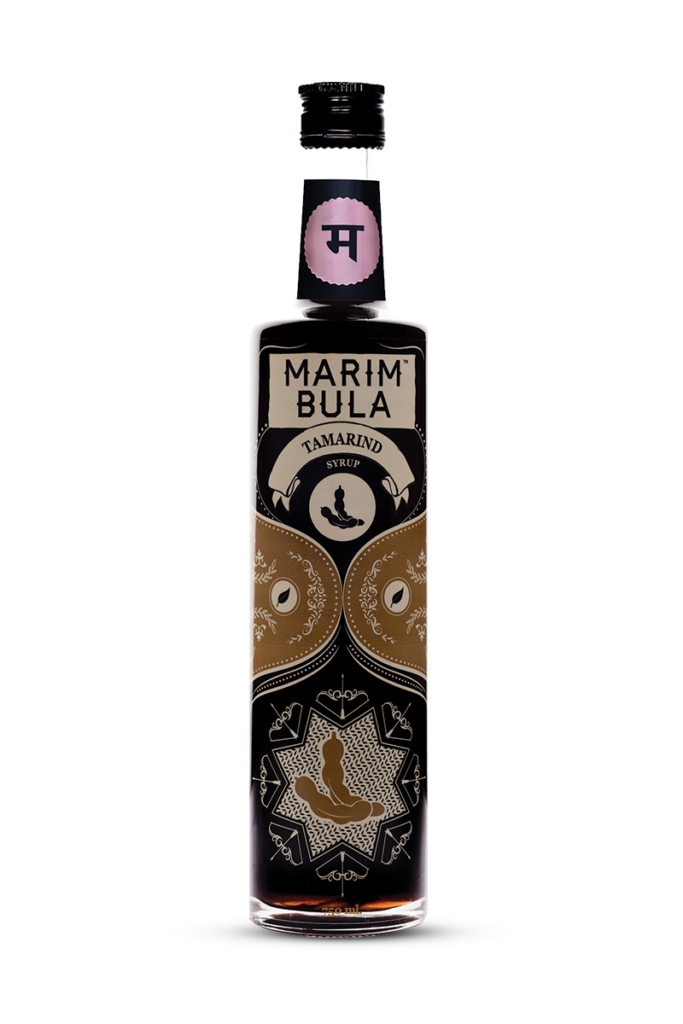
Tamarind Marim Bula
Turmeric Supreme Extra Strength delivers 482 mg of turmeric extract that's standardized to contain 36 mg of curcuminoids per capsule. It also contains 7 mg of black pepper to enhance absorption.

Tamarind vs. Turmeric — InDepth Nutrition Comparison
Preparation. Step 1. Prepare the pickled shallots: Add the shallot, lime juice and a pinch of salt to a small bowl; use your fingers to gently massage everything together. Set aside to pickle lightly. Step 2. Make the tamarind dressing: Add all the ingredients to a bowl, along with 1½ tablespoons water.

Tamarind Stock image Colourbox
Tamarind is rich in essential vitamins and minerals, including vitamin C, vitamin E, B-vitamins, calcium, iron, phosphorus, potassium, manganese, and dietary fiber. These components provide a myriad of health benefits, from improving heart health to supporting digestion. Turmeric, on the other hand, contains a powerful compound called curcumin.

Tamarind Vs. Turmeric SPICEography Showdown
Lessens pain. Turmeric has also deep roots in both Chinese traditional medicine and Ayurveda for treating arthritis. Research suggests that taking turmeric extract could potentially reduce pain.

Tamarind stock photo. Image of tamarind, tamarindus, background 27629284
Help us by suggesting a value. (Tamarind) 1.14g. Glutamic acid or glutamate is primarily used by the brain as it is a neurotransmitter. It helps to excite the brain and to maintain normal brain function by removing excess ammonia, inhibiting proper brain functioning, and then convert it to glutamine.

Hand Drawn Hands Vector Design Images, Hand Drawn Tamarind Tamarindus
The Botanical: Turmeric + Tamarind Seed. Used for centuries in traditional Chinese and Ayurvedic medicine for various reasons, turmeric supplement and tamarind seed are exceptional herbal options for joint health. Turmeric is derived from the rhizomes of the plant. It is commonly used as a spice and is widely incorporated into diets throughout.

CONCENTRATE COOKING TAMARIND 454G Madam Wong
The Simple Joys of Tamarind. Sweet, sour and tender under its brittle shell, the fruit's pulp is equally at home in desserts and savory dishes. 59. When working with tamarind fruit pods, make.

The Tamarind Seed (1974) PrimeWire
Tamarind Tree and Its Features. The tamarind tree, a robust hardwood tree, is distinct with its long, curved pods containing seeds and pulp. These trees can grow up to 80 feet and are characterized by their beautiful, feathery foliage. The pods are the primary source of the tamarind spice we know and love.
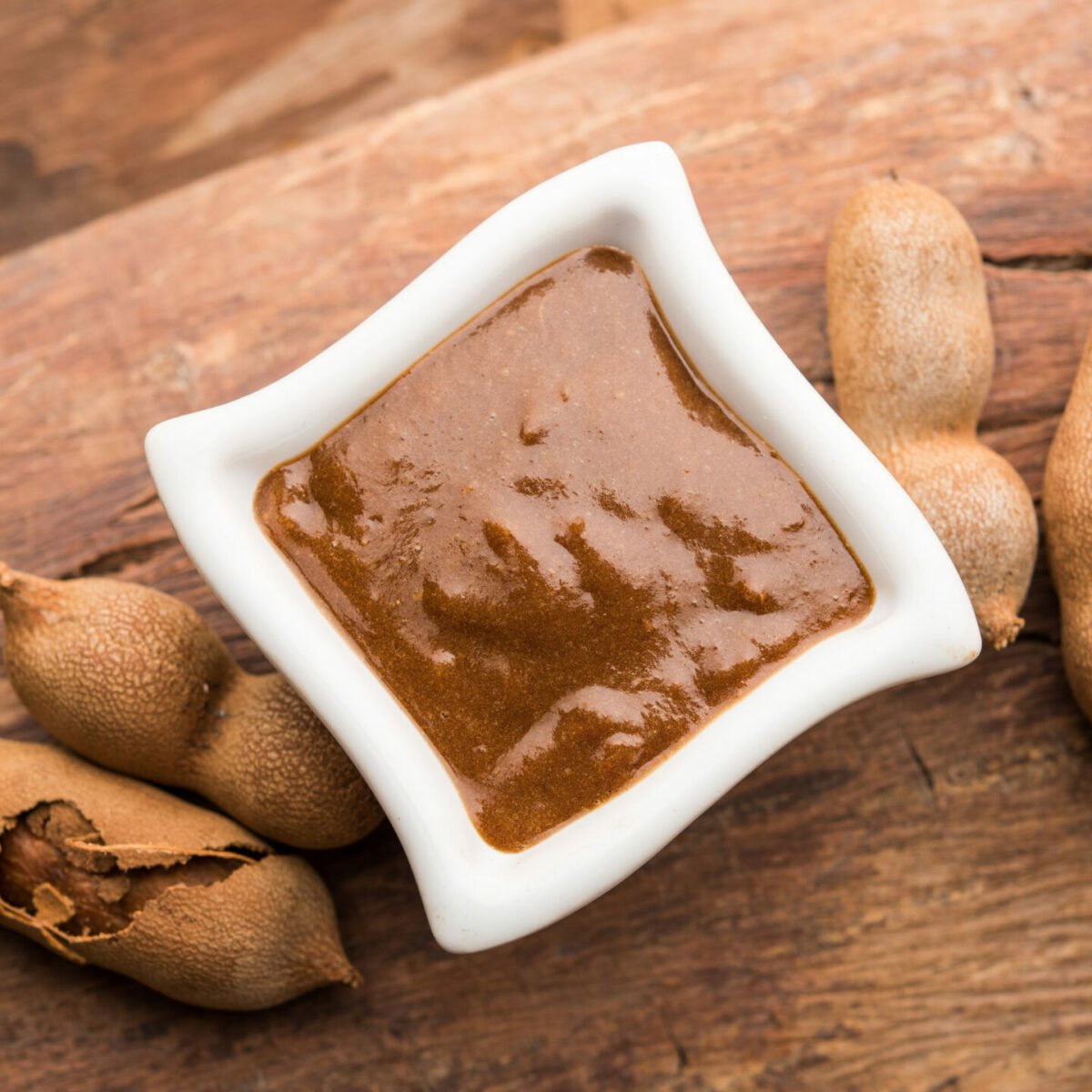
Tamarind Paste vs. Tamarind Concentrate What's the Main Difference
Tamarind is a fruit that contains a nutrient-rich, fibrous pulp. Its nutrients may have antioxidant, anti-fungal, anti-bacterial, and anti-viral effects, among other benefits. Tamarind is a type.
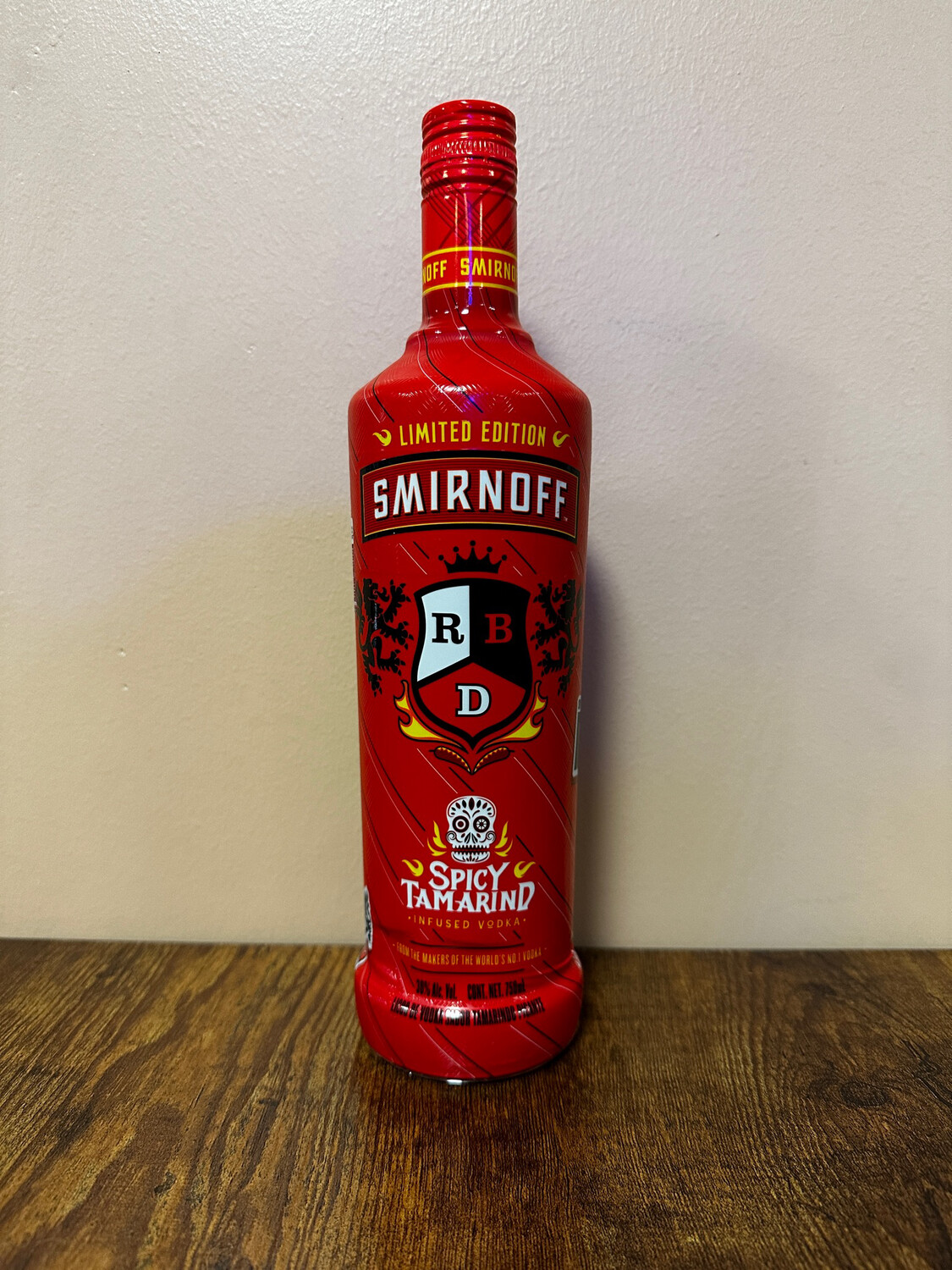
Smirnoff Tamarind 750ml RBD
Frank60/Shutterstock. Studies typically use doses of 500-2,000 mg of turmeric per day, often in the form of an extract with a curcumin concentration that is much higher than the amounts.

Tamarind Healthier Steps
Harvested when ripe, it is then peeled to reveal a pulp and seeds. Outside of the culinary world, tamarind tree bark is used in carpentry and the leaves are seen as anti-inflammatory with various at-home remedies and uses. The word "tamarind" also means "Indian date," derived from the Arabic "tamar hind.".

Aidance Skincare Blog Turmeric health benefits, Turmeric benefits
Turmeric has more Iron, Copper, Fiber, Potassium, Zinc, Vitamin E , Magnesium, Phosphorus, and Calcium, however Tamarind is higher in Vitamin B1. Turmeric covers your daily Iron needs 653% more than Tamarind. Tamarind contains 45 times less Zinc than Turmeric. Turmeric contains 4.5mg of Zinc, while Tamarind contains 0.1mg.

Tamarind Fruit · Free Stock Photo
Tamarind is the fruit of a leguminous tree. It is tart and cooks use it to add a sour note to various South Asian dishes but it is associated mainly with Indian food. It grows in pale brown pods that contain a sticky, dark rust-colored pulp. Turmeric is a rhizome related to ginger and which looks exactly like ginger but with a yellow tint.
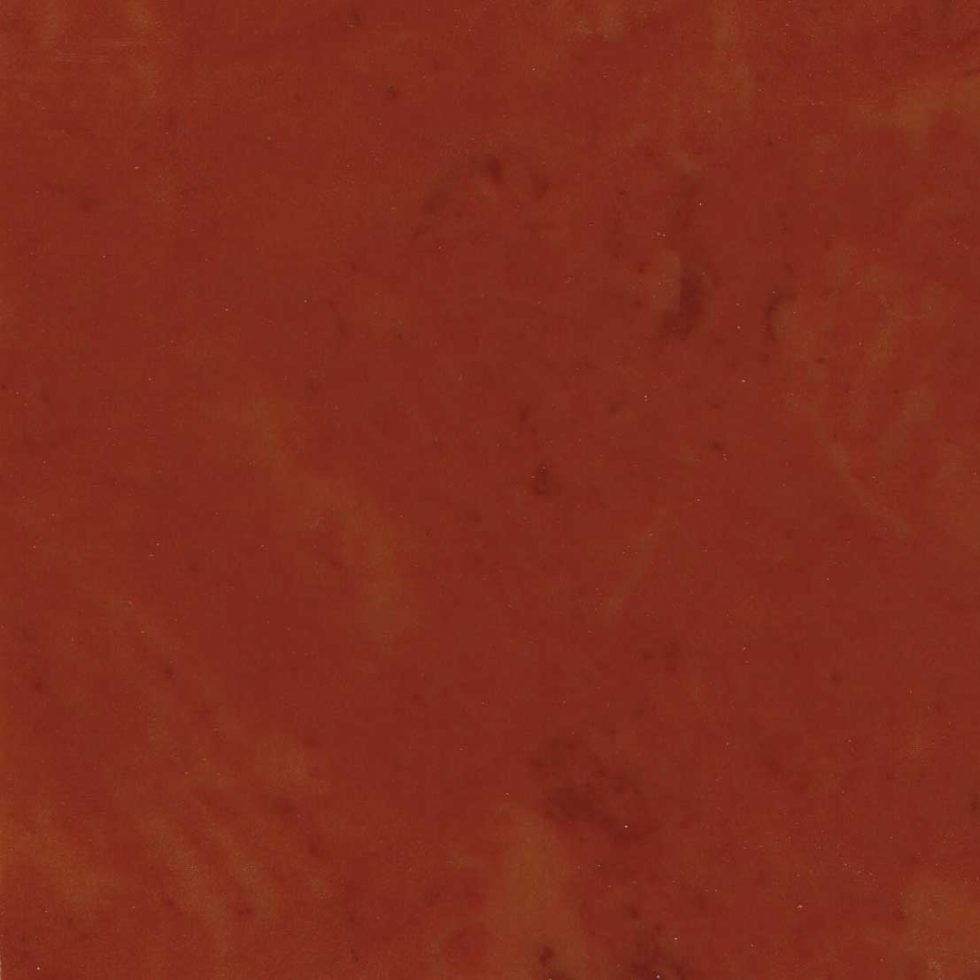
Tamarind Versital
Curcumin, a yellow polyphenolic pigment from the Curcuma longa L. (turmeric) rhizome, has been used for centuries for culinary and food coloring purposes, and as an ingredient for various medicinal preparations, widely used in Ayurveda and Chinese medicine. In recent decades, their biological activities have been extensively studied. Thus, this review aims to offer an in-depth discussion of.
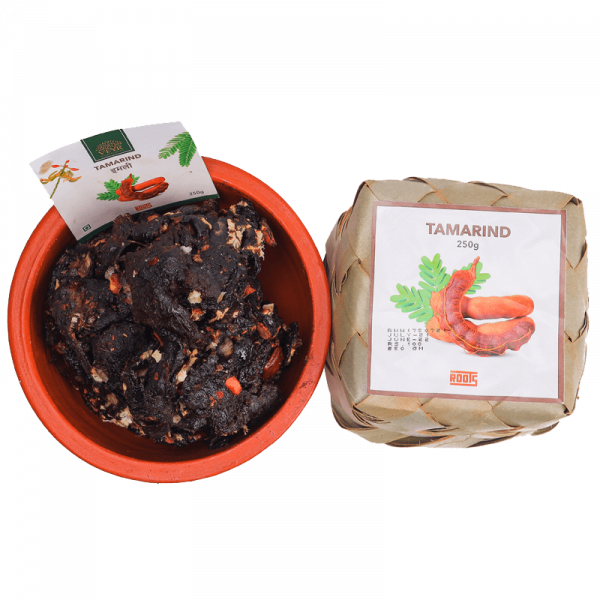
Tamarind 250g Roots Veyr
Various Benefits of Tamarind and Turmeric for Health. Turmeric contains analgesic (pain relief), antipyretic (lowers body temperature), and anti-inflammatory properties. Tamarind, on the other hand, has antipyretic, anti-inflammatory, and sedative properties. The mixture of these two natural ingredients may safely and effectively address some.
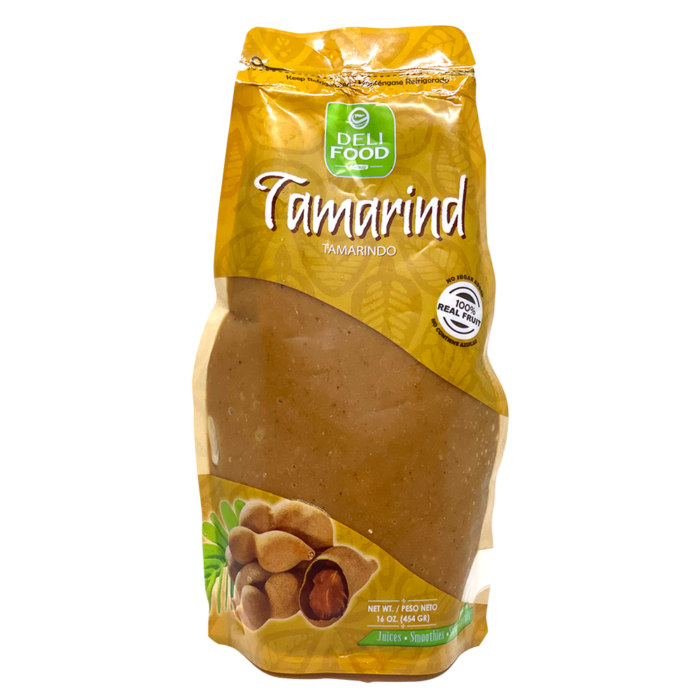
TAMARIND/TAMARINDO 454g Delifood Group
The modern‐day review article is an exquisite attempt to demonstrate the extreme therapeutic potential of tamarind fruit (Tamarindus indica), particularly its pulp, seed, and leaf extract, against lifestyle‐related chronic disorders.The rapid transition in the diet patterns and also the varying lifestyle of the people has made its way forth, a momentous upsurge in a number of chronic as.